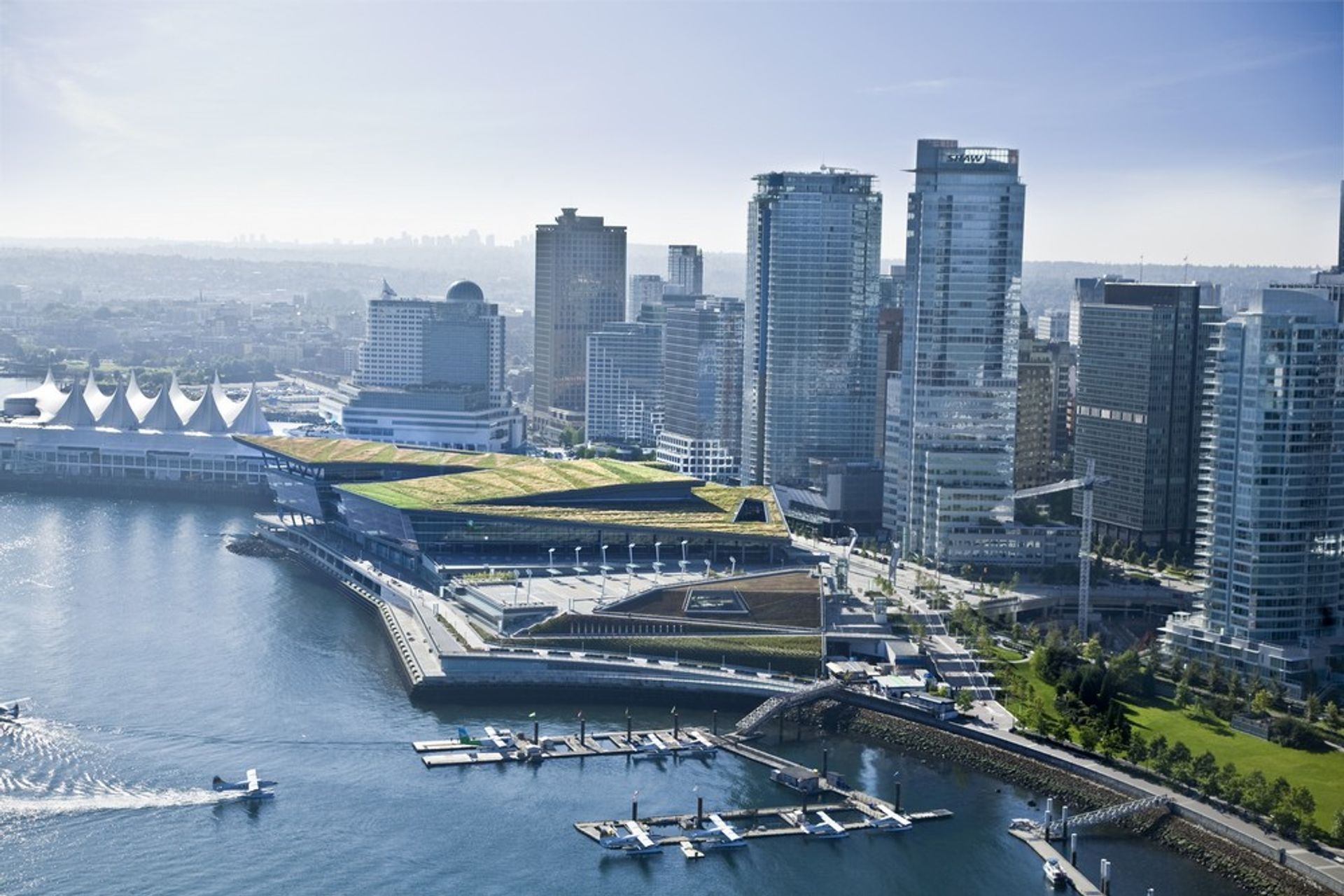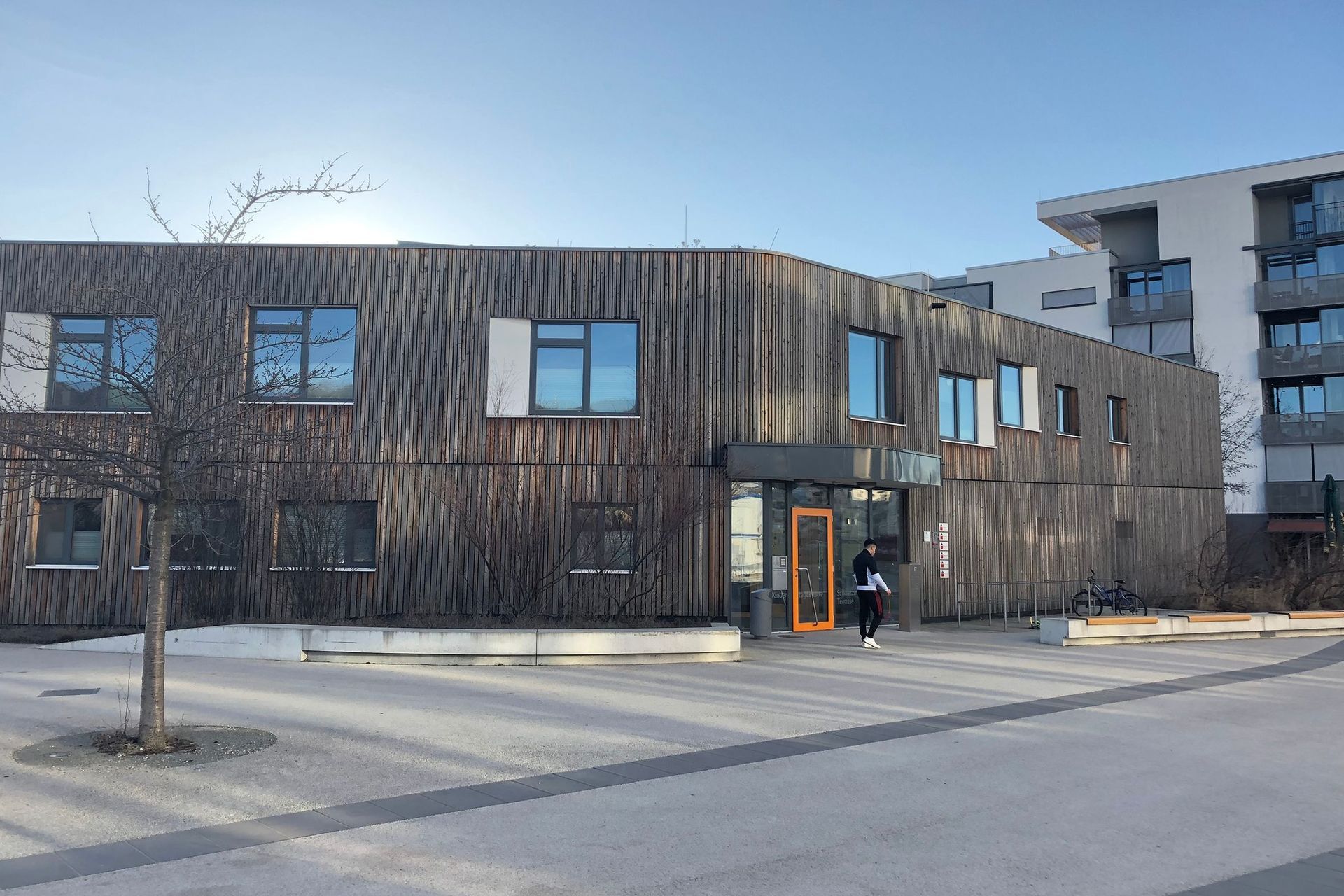The future is bright, the future is 'green'

Places like Oslo, Vancouver, Stockholm, Amsterdam and Singapore work hard to be some of the greenest Western cities in the world, but what do we need to do in New Zealand to ensure our cities live up to our ‘clean, green New Zealand’ image and to set a better example to the rest of the world? Our managing editor Justine Harvey had a conversation with UK-registered architect and certified passive house designer Elrond Burrell of VIA Architecture.
Does our government need to be doing more to help the industry to build more sustainably?
The potential is there for cities to lead this and central government will have to follow because it is trying to juggle too many things in some ways and, then, there is all the politics involved. But cities are at a scale that people can visualise – it seems real – whereas, on a national level, it seems abstract and more about policy than real things. For example, I was paying attention to the recent consultation on the zero carbon capital for Wellington and, when you read the documents, you know what is involved and what the potential outcomes could be which could affect you and your quality of life when things change. I really think that cities are a great opportunity for leadership on this sustainable future that, hopefully, we end up in!

Vancouver is the greenest city in North America, with the lowest carbon footprint, and is known as having ‘the greenest building code in the world’ with regulations like a green rezoning policy and the Zero Emissions Building Bylaw. The green sector is now an important growth sector of Vancouver’s economy and its businesses are now global exporters of green building practice and technologies. By comparison, what does New Zealand need to do to catch up and live up to our clean, green NZ image and reduce our environmental impact?
In the main cities, we need more pedestrianised city centres, denser urban living, better living/working balance, improved electrified public transport, way more energy-efficient buildings and we need to use mass timber for superstructures (above ground) instead of steel and concrete. We also need more collective ownership and development of buildings, such as the Baugruppen housing model from Germany, where people pool resources to build an a apartment building, which has broader appeal and application than a specifically co-housing model. The Nightingale model in Australia is very similar. This type of housing removes the profit-driven elements in order to keep costs significantly down.
In the future, will ‘self-sufficient’ buildings become the norm and, if so, what will that look like?
No, I don't think self-sufficient/autonomous buildings will become the norm. It’s not a very good cost or energy balance to make every building self-sufficient. Maybe it’s suitable on rural buildings – with open surroundings and plenty of rooftop space with good solar access (even then, it’s questionable unless the house is isolated), but it makes very little sense in an urban situation.
Urban buildings are usually relatively tall compared to their footprint and, often, partially shaded so they don’t have good solar access to generate a lot of power. Many leading cities such as Vancouver, Toronto, New York, Brussels and Frankfurt require highly efficient buildings and encourage some useful renewable energy generation, but they see each building as part of the whole eco-system of the city – interdependent rather than independent.
Vancouver, for instance, is ramping up to require ‘net-zero energy ready’ buildings that are energy efficient enough (passive house or thereabouts), so that a mixture of on-site renewables and renewable energy on the grid can power them. Most of Europe will soon require ‘nearly-zero energy buildings (nZEB)’, which is essentially the same thing. Both recognise that energy efficiency is the most cost-effective route to reduce CO2 emissions and has many other benefits to occupant health, building durability and long term resilience.
Like the slow food movement, do you think there is now more of an appetite for ‘slow design’ mixed in with faster practices – where elements of a building are pre-fabricated to speed processes up and reduce health and safety issues, but where other elements may be handcrafted or created as unique elements that help to instil character into a build?
There is a bit of a ‘slow architecture’ movement but it’s a bit different to what you suggest. It’s more like designing and building slowly in an organic kind of way – and is unlikely to become mainstream in my view. At the moment, most people struggle with the costs to build something well in New Zealand and, so, very few are considering handcrafted elements to bring character. If the promises of prefab do come about in New Zealand, and costs can be reduced by faster processes and more standardised approaches, then it would make sense to invest more into crafted elements as you suggest.
Examples from other cities around the world tend to reduce the customisation of the architecture, though, and allow people’s inhabitation to create their own sense of ownership and character. For example, German apartment blocks can be a bit dull when first built but people fill their balconies with bikes, plants, toys, furniture, etc, and suddenly the building starts to take on an organic life of its own. And not just balconies, people fill communal staircases and landings with shoes, plants artwork. Kids play there and people socialise and hang out.

We’ve seen record temperatures in Europe this summer and we could well see the same here next summer so, along with cross ventilation in buildings, what else can we be doing to help cool our buildings?
To keep our buildings cool we have to make sure they are well insulated (insulation keeps heat out as well as in), that they don’t have too much glazing and that the glazing has good external shading. After that, ventilation is also important – provided there isn’t a heatwave outside that never cools down – even overnight. It’s important to keep outdoor spaces in cities cool as well as the buildings and plants are really good for urban air quality, as well as cooling and shade. In an urban situation, trees and plants down at the street level is really good for keeping the temperature cooler in warmer climates, because otherwise you get the urban heat island effect with lots of tarmac and concrete. But, if you have lots of greenery at street level, the evaporation effect helps cool things down and the greenery has different reflectivity for the light and the heat. There is the emotional appeal of it but there is the practical physics – that it does help to make a better space to be in as well.
I’ve read about studies which show that planting along streets can cause a substantial temperature drop – even by a few degrees Celcius.
Yes, in parts of Berlin, and other places, they encourage green roofs because a planted roof can help absorb more heat so you don’t get the same issue with the urban heat island effect. Obviously, roofs also have good potential for all sorts of practical uses too. They don’t just have to be the place to dump air-con systems.
In many cities in South-east Asia, like Vietnam and Singapore, plants occupy a lot of the buildings, aided by the fact that they have the heat and humidity that plants love to grow. But, surely, we can do that in cities like Auckland with the right plants? Auckland used to be a sub-tropical rainforest after all.
Absolutely. In general, it’s really important in terms of amenity when you’re building denser – to have that rooftop space to be out on, to enjoy the view of the city and be a part of it without being down at the street level. So green roofs don’t have to just be a flat green covering. They can be raised beds, pot plants and all sorts of arrangements that complement people using the rooftop space. The Nightingale housing project in Melbourne, for example, has a laundry up on the roof, and people can socialise and barbecue up there too. If you’re going to live in the city, that’s the life you want, right? You want to be able to stroll down the street where the cafes and trees are, and have a private space up on the roof to hang out with your friends.

